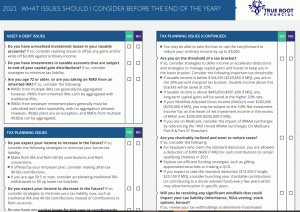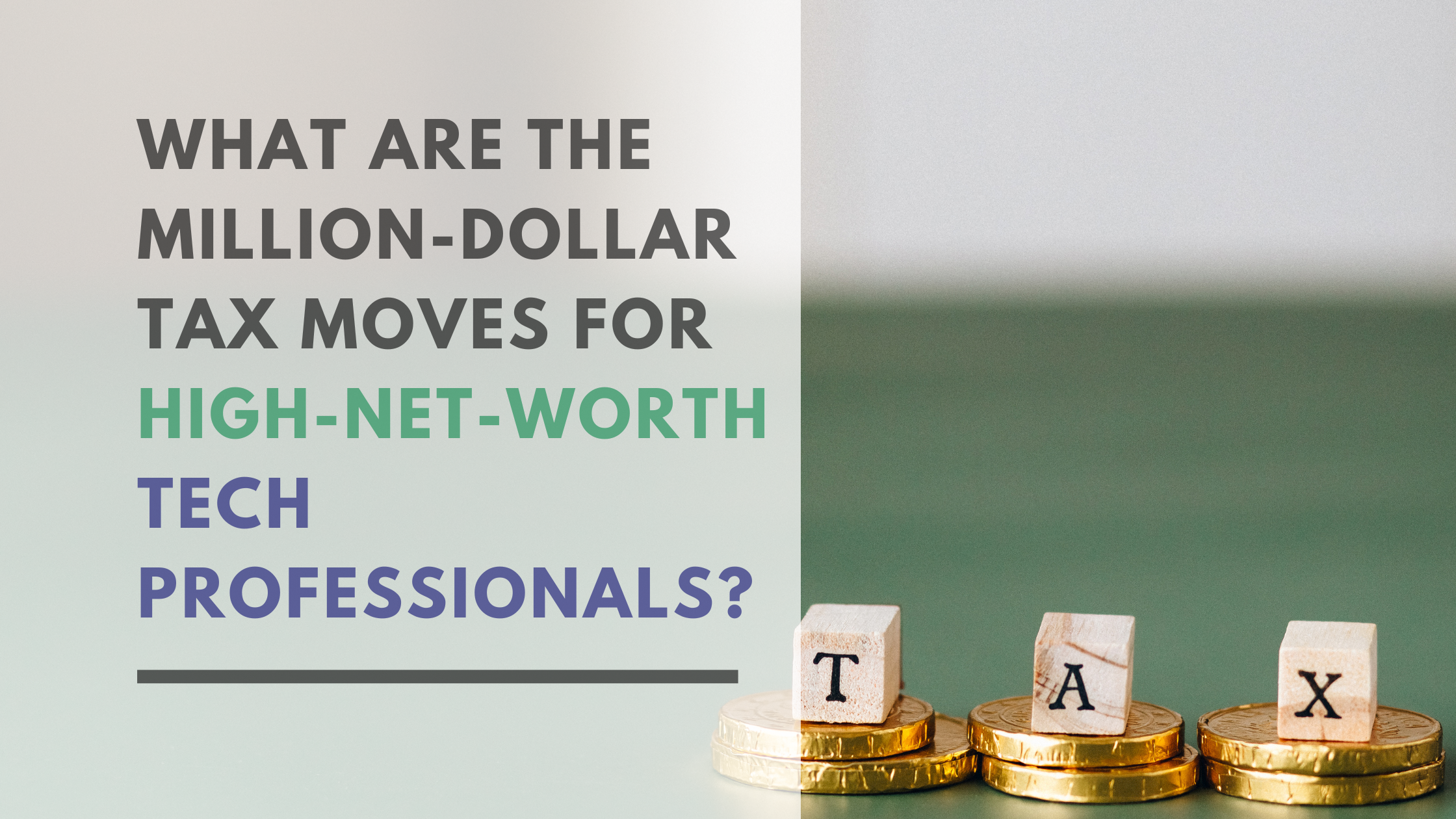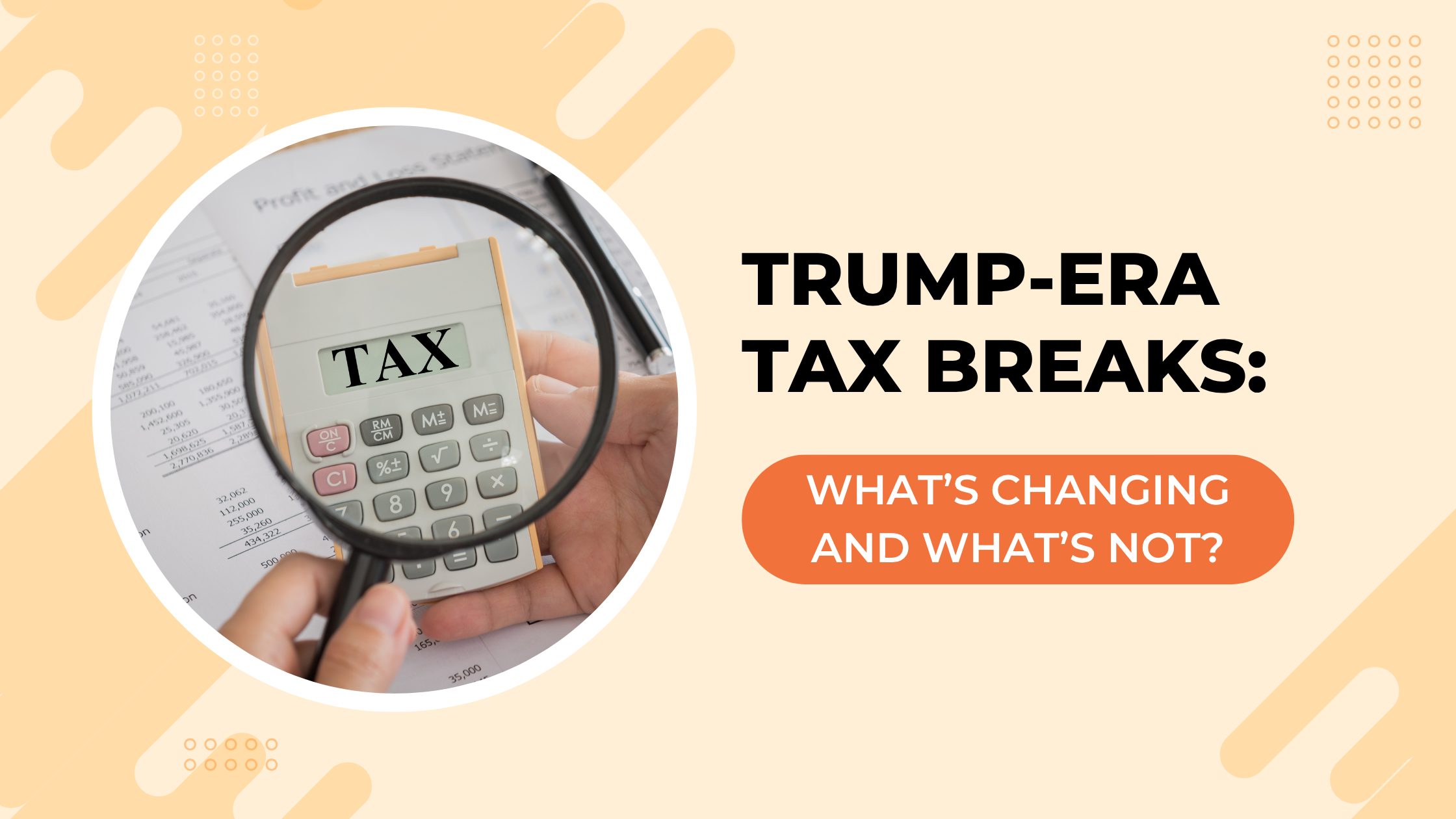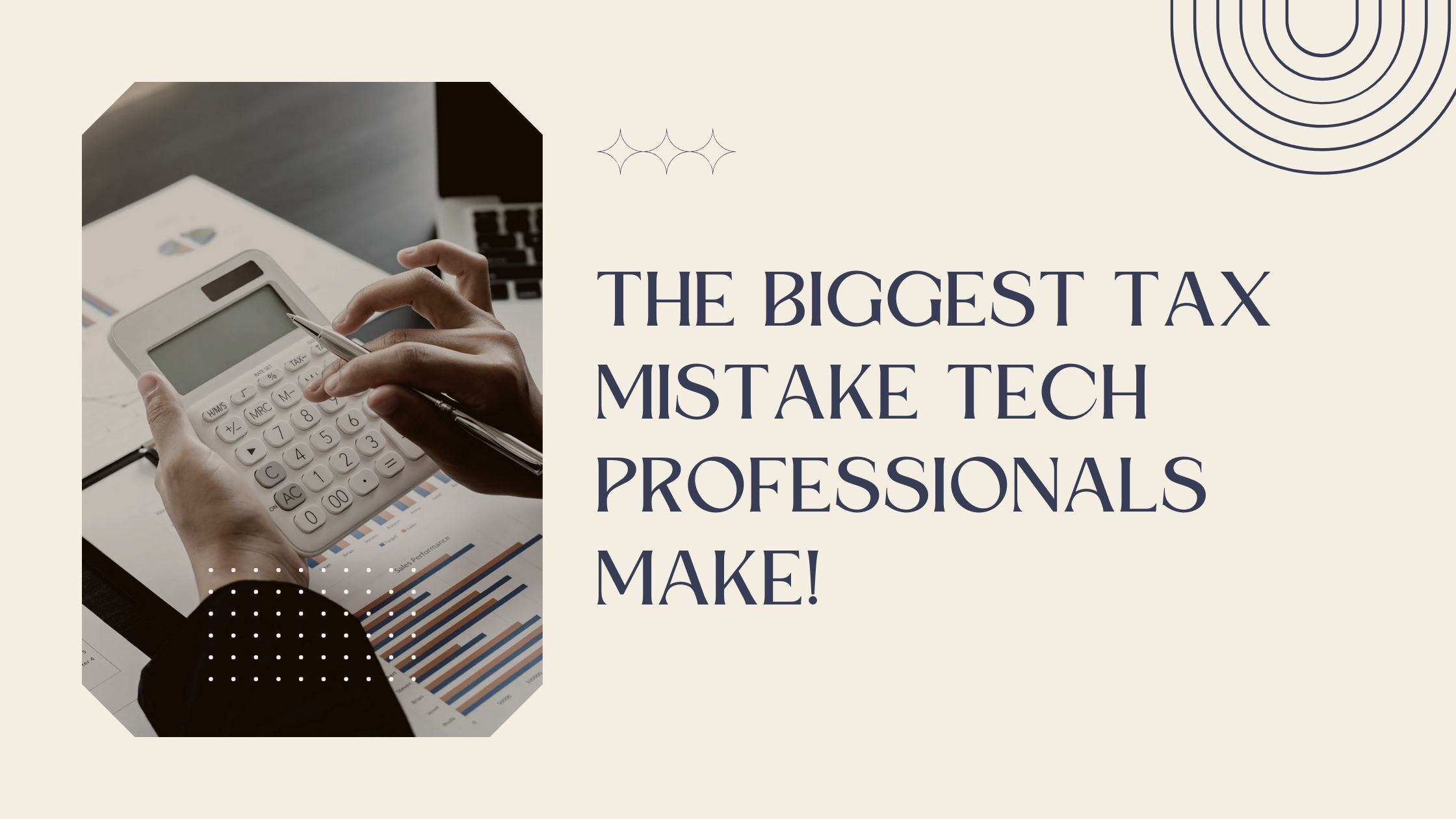9 ways to avoid capital gains tax on stocks: #1 is enormous
Roshani Pandey is a financial advisor and founder of True Root Financial. True Root Financial is located in San Francisco, CA and serves clients across the globe.
If you’re paying capital gains instead of income taxes on your earnings, you’re doing something right. This is because capital gains tax rates are generally lower than income tax rates. But is there a way to avoid capital gains tax completely or to at least minimize it?
Whether your company is about to go public with an IPO, or you are about to sell appreciated stocks, you have to understand how capital gains taxes will affect you. In this article, we will first explain how capital gains work. Then, we will discuss how to avoid them by taking advantage of the 0% tax bracket on capital gains and other methods.
Key takeaways
- When you sell an asset for more than you bought it for, you pay capital gains taxes on the difference
- Capital gains taxes are generally lower than regular income taxes
- However, if you hold an asset for less than a year before selling, the gain is taxed as if it were regular income
- The biggest way to avoid capital gains on stocks is to take advantage of the 0% tax bracket in years where your income is very low
- Other ways include timing events that produce large capital gains such as options exercise with events that offset the gains and income
Free Resource
Before you continue reading, grab this checklist of tax planning and financial planning activities to accomplish by year-end.
What are capital gains?
Put simply, when you sell an asset for more than you bought it for, the difference is your capital gains. It is calculated by subtracting the cost basis from the sale price.
For example, if you bought an Apple stock in 2010 for $8, your cost basis is $8. If you sell it in 2021 for $148, the sale price is $148. The difference between the sale price and cost basis of $140, is your capital gain. You will pay taxes on the $140 gain.
Capital gains on stock grants
Now if you didn’t buy the stock but received it from a stock option grant or other forms of equity compensation, the same rule applies. The capital gain is the difference in price between the amount you sell the stock for and the price of the stock when you received it. For example, if you sell stocks after exercising non-qualified stock option (NSO), your capital gain is the difference between your sale price and the price of the stock when you exercise the option.
Ways to avoid or reduce capital gains taxes:
Now that we know what capital gains are, let’s look into ways to avoid or reduce this tax burden:
1. Reduce capital gains by taking advantage of the 0% tax bracket
This is one of the most powerful ways to reduce capital gains on stocks and grow your overall net worth over time. It can be especially useful if your income has gone down for any reason, some of which are below:
- You are temporarily unemployed or have significantly cut down work
- You work in sales and your income is down in a particular year
- You are considering retiring or have already retired
- You are in the real estate business and have a loss
For those with significant stock grants from equity compensation, this can be a tax-efficient way to liquidate those holdings and also diversify your investments.
Let’s look at how this works
Even though regular income and capital gains are generally treated separately, they do interact when determining the long-term capital gains rate. The long-term capital gains tax rate is based on your income in a given year, as shown in the below table. As you can see, if your income as an individual is less than $40,400 or as a married couple is less than $80,800, some of your capital gains will be taxed at a 0% rate.
2021 Capital gains tax brackets:
| Capital gains tax rate | Your income (Single filer) | Your income (married filer) |
| 0% | $0-$40,400 | $0-$80,800 |
| 15% | $40,401-$445,850 | $80,801-$501,600 |
| 20% | $445,851+ | $501,601+ |
Source: Internal Revenue Service
There are many ways to take advantage of the 0% tax rate:
- Liquidate stock grants – If you have accumulated huge amounts of stock grants from equity compensation, taking advantage of the 0% tax rate means you can exercise your stock options and sell the stocks while paying very little capital gains taxes. This way, you can use the proceeds to fund other life goals or to diversify your assets.
- Roth conversion – In a year where your income is low, you can really amplify your tax savings by doing a Roth conversion. This allows you to convert a pre-tax account such as a traditional IRA or 401K into Roth and grow the assets tax-free. In the same year, you can also sell any appreciated assets to fund other life goals, while taking advantage of the 0% long-term capital gains tax rate.
2. Carefully time Roth conversions
As discussed above, a Roth conversion is a tax planning strategy. Once a year, you can convert your pre-tax retirement account such as a 401K or a traditional IRA into a Roth. Once converted to a Roth, the account grows tax-free, which can be invaluable over time.
When you do a Roth conversion, the amount you convert is treated as taxable income. So, when you do a Roth conversion, make sure to do it in a year where your income from other sources is very little or as close to zero as possible. This way, you can also take advantage of the 0% capital gains tax bracket we discussed above.
3. Try to offset capital gains with losses
Every dollar of capital loss you incur can offset an equal amount of capital gain. So, if you need to take take capital gains in a particular year, see if it can be offset with losses somewhere else.
Remember that you can offset short-term gains only with short-term losses. So, make sure to know how long you have held the asset for. Anything held for less than 12 months is considered a short-term gain and taxed as regular income, also known as ordinary income.
Similarly, if you are looking to diversify a taxable account, see if you can spread the tax hit over a few years, rather than taking it all at once. Working with a tax professional before selling an asset with a lot of gains is extremely important so that you’re not caught by surprise when you file your tax returns the following year.
4. Consider tax-loss harvesting
Tax-loss harvesting is a technique to sell assets that are at a loss today and buy it back after 30 days. The 30-day period is also called a wash sale period, meaning that if you buy the stock back within this period, the IRS doesn’t recognize the loss. Buying the stock back after the wash sale period creates a capital loss that you can use to offset any gains.
It is important to remember that tax-loss harvesting defers tax to a later time.
5. Consider donating appreciated assets
If you are charitably inclined, donating stocks that have appreciated in value to a charity can be a great way to reduce capital gains and income taxes. Instead of selling the stock first and incurring capital gains, gift the stock itself to a charity. This way, you avoid the capital gains on the stock and also get an income tax deduction.
6. Evaluate opening a donor-advised fund
A donor-advised fund is a charitable investment account you can open with the help of a financial planner. If you’re charitably inclined, gifting to a donor-advised fund can substantially reduce your capital gains and income taxes. This can be a powerful strategy if a lot of your net worth is tied to equity compensation. Coordinating the options exercise and sale with gifting to a donor-advised fund can substantially reduce the capital gains and income taxes.
7. Use asset location to reduce tax
Another way to reduce overall tax is to keep investments that are tax-inefficient in a tax-advantaged account such as a retirement account and keep tax-efficient investments in a taxable account.
For example, bonds and real estate investment trusts (REITs) are tax-inefficient as they produce income, which gets taxed at the regular tax rate. So, these are good investments to keep in a retirement account.
Similarly, the structure of the fund can also make a difference in its tax-efficiency. For example, ETFs are very tax-efficient, whereas mutual funds, especially actively managed mutual funds, are generally tax-inefficient due to capital gains and income distributions. So, these could potentially be good investments to keep in a retirement account.
8. Contribute to retirement accounts
Contributing to both a pre-tax and after-tax retirement accounts can reduce your capital gains. A pre-tax retirement account includes a 401K or a traditional IRA account, whereas an after-tax retirement account includes a Roth 401K or a Roth IRA. Contributing to a pre-tax retirement account reduces your taxable income, thereby also potentially reducing your capital gains tax rate. Investments in a Roth account grow completely tax-free.
9. Manage required minimum distribution in a tax-efficient way
The IRS requires you to withdraw a certain amount from your retirement accounts after age 72. For anyone that has a substantial amount of money in retirement accounts such as 401K or traditional IRA, the required minimum distribution can put you in a high tax bracket in your retirement years. So, it’s really important to time these withdrawals carefully and to diversify your retirement savings in vehicles outside of a 401K or IRA.
Managing your required minimum distributions is an important component of retirement planning that a financial planner can help you with. Another way to reduce the required minimum distribution from increasing your tax bracket in your retirement years is to actually give it directly to a charity. This way, you can keep your income low and take advantage of the 0% capital gains tax rate.
Focus on comprehensive wealth management
While planning for taxes is critical, tax is only one component of your overall wealth management. When making a tax-related decision, make sure that it complements your overall financial goals. A financial planner, in collaboration with a CPA can help you analyze different scenarios and help you make the correct decision.
If you would like to talk to us to understand how financial planning can help you, please book an introductory call below:










Leave a Reply
Want to join the discussion?Feel free to contribute!